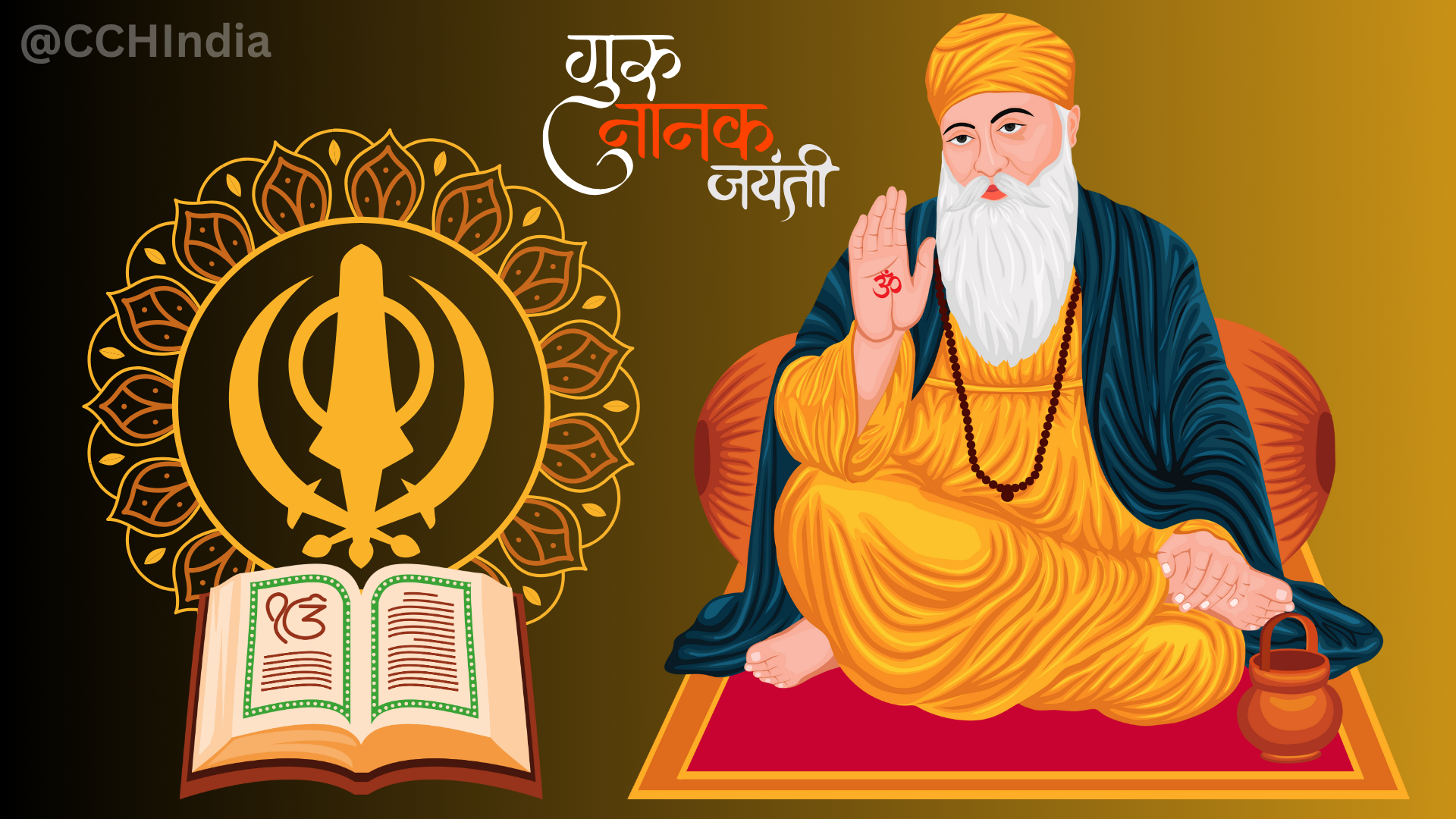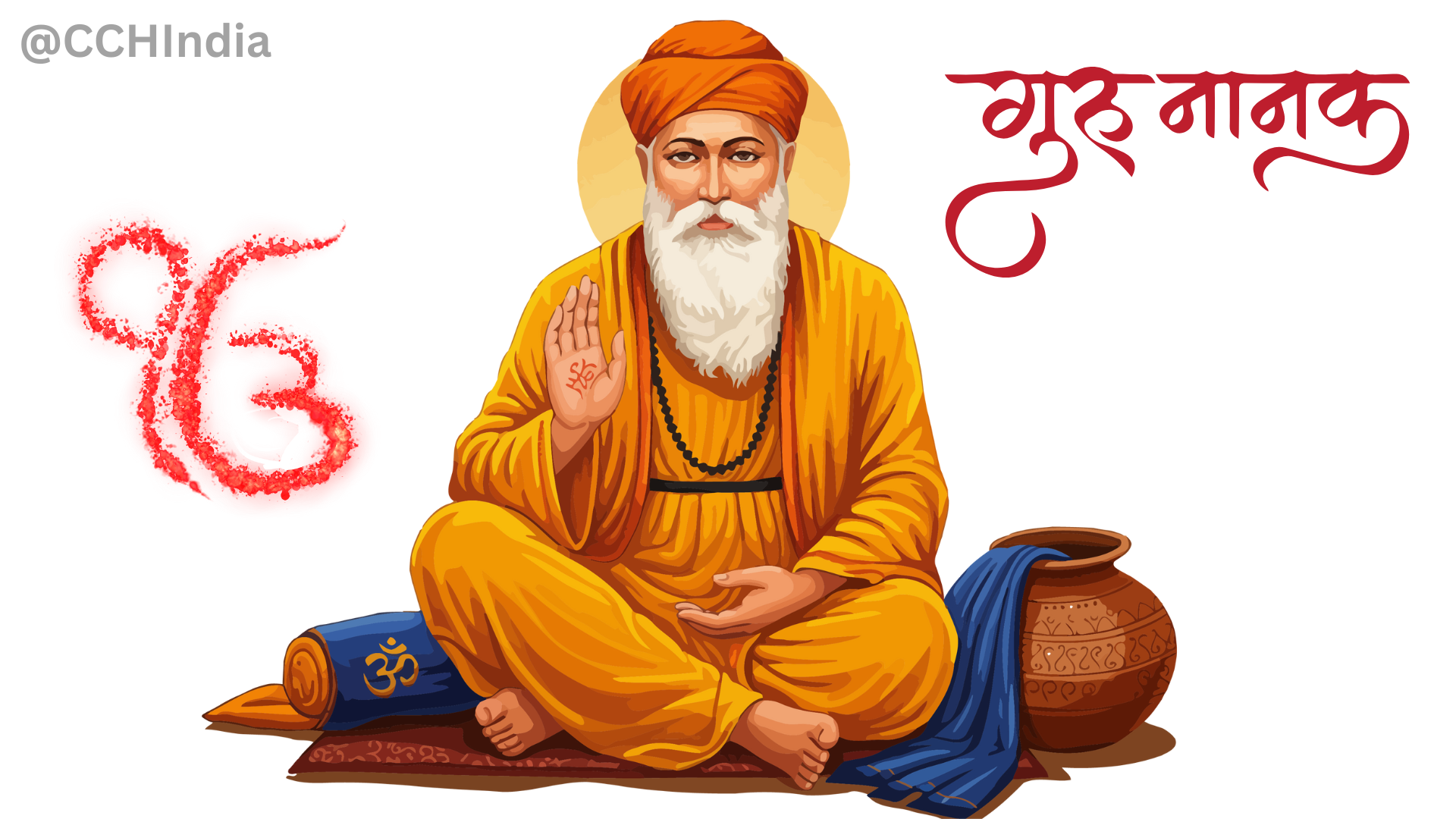Guru Nanak Jayanti Wishes, Quotes, and Messages to Share
Celebrate Guru Nanak Jayanti 2025 with inspiring wishes, quotes, and messages that reflect the divine teachings of Guru Nanak Dev Ji.

Ancient sacred Buddhist teachings were written in Pāli language. They were recited Orally by Buddha and written down as records in Pāli.
Pāli is an ancient Indo-Aryan language. It was considered the sacred language of the Buddhist and the Jain sections of the society and held immense religious and cultural significance for them. The language is not widely spoken and has historically diminished between 14th to 18th century.
Pāli Canon (Tipiṭaka) is the collection of the earliest Buddhist scriptures and teachings. Prime Minister Modi, at the recent International Abhidhamma Divas programme emphasised on reviving the India’s cultural roots, heritage and languages lost during the colonial era. He particularly spoke about reviving the Pali language and preserving the words of Buddha with it’s original value.
Speaking about Pali language, it continues to be studied for religious, philosophical, and linguistic purposes in Buddhist communities across South and Southeast Asia with specific purposes but is lost to the wider community. The decline of Pali began after the rise of Sanskrit as the scholarly and religious medium.
Table of contents [Show]
Pāli originated as a Middle Indo-Aryan language in the regions of present-day north India, possibly parts of Magdha region (in and around Bihar). Proofs of it’s usage dates back to around the 5th century BCE. It belonged to the Prakrit language family, the word Prakrit meaning ‘derived’. Other Prakrit languages include Māhārāṣṭrı̄, Śaurasenī, Māgadhī, and Avantī.
Pāli gained it’s prominence due to its role in recording the oral teachings of the Buddha, who lived in the 6th century BCE. At the time, Pāli was used as it had a simpler grammatical structure compared to it’s Vedic Sanskrit counterpart.
The most important Pāli texts are the Tipiṭaka, or “Three Baskets”. These together form the Pāli Canon and forms the foundation of Theravāda Buddhist scriptures. The three sections of Tipiṭaka are:
Vinaya Piṭaka: Rules and regulations for monastic life.
Sutta Piṭaka: The discourses attributed to the Buddha and his close disciples.
Abhidhamma Piṭaka: Philosophical and doctrinal analysis of Buddhist teachings.
Pāli’s primary significance lies in its use as the language of the Theravāda Buddhist Canon. Even though it is not spoken as a vernacular language, it remains central to the study and practice of Buddhism in the Theravāda tradition. Monks and scholars study the Pāli Canon in its original form. When translating to modern languages, the scholars try and remain as faithful as possible and close to the Pāli text and it’s meaning.
These texts are considered the earliest and most authentic record of the Buddha’s teachings. They are sacred and highly revered in countries like North Eastern Parts of India, Sri Lanka, Myanmar, Thailand, Cambodia, and Laos. In addition to its religious role, Pāli language serves as a cultural bridge between different Buddhist countries, allowing for a shared understanding of scriptures across linguistic barriers.
Although Pāli is not a living and actively practised language, there has been a renewed interest in studying it, especially among Buddhist scholars, linguists, and historians. Numerous universities and monasteries around the world offer courses in Pāli, especially in South and Southeast Asia. The language has also gained attention from scholars of ancient Indian history and religious studies.
There are modern translations of Pāli texts in languages such as English, French, Thai, and Sinhala, making them accessible to a wider audience. Institutions like the Pāli Text Society in the UK have been instrumental in translating and preserving the Pāli Canon.
India once had been the centre of thriving cultures, traditions and languages. Even though with the colonial era, India has lost it’s heritage to a great extent, India has recognised the importance to rejuvenate interest in ancient languages and cultures including Pāli language.
Cultural Preservation: Pāli is key to accessing ancient Buddhist scriptures, historical texts, and teachings that influence Buddhist practices worldwide. Reviving Pāli helps preserve and pass on this ancient sacred knowledge, along with the culture and traditions.
Linguistic Significance: Understanding Pāli language provides insight into other ancient languages like Sanskrit and Prakrit, enriching linguistic heritage and aiding in comparative language studies.
Interfaith Understanding: Given Buddhism’s spread in India and South East Asia, there is a greater motivation to understand Pāli language. It fosters greater understanding and collaboration between Buddhist communities and supports India’s soft power by emphasising it’s role as the birthplace of Buddhism.
Buddhist Studies Programs: Many Indian universities, such as Nalanda University and Banaras Hindu University, offer courses in Buddhist studies, where Pali is taught as part of the curriculum.
Financial Support and Scholarships: India provides scholarships for students from Buddhist countries, especially those interested in studying Pali, to enhance cross-cultural exchange and spread the language.
Digital Archives and Resources: The Indian government is involved in digitizing ancient Pāli texts and translating them for broader accessibility. This initiative helps preserve them for educational and religious purposes.
Monuments and Cultural Sites: Restoration and maintenance of ancient Buddhist sites, such as Bodh Gaya and Sarnath, play a significant role in promoting Pāli since it fosters the environment and contextual settings for cultural immersion. Prime Minister Modi has inaugurated projects to develop Buddhist pilgrimage centers promoting Pali indirectly
Cultural Diplomacy: During international visits to Buddhist-majority nations, PM Modi has often referenced the significance of Pāli and Buddhist scriptures. He has also numerous times gifted saplings from the Bodhi tree to other nations. This is a symbolic gesture that reinforces India’s Buddhist heritage and appreciation for Pāli language.
Events and Celebrations: Modi government organises Buddhist cultural events and supports international Buddhist conferences, which often feature discussions and readings in Pali. For instance, the Global Buddhist Summit hosted in India fosters appreciation for Buddhist heritage.
Through these initiatives, the Indian government seeks to ensure that Pāli remains a relevant part of India’s cultural and religious identity, serving as a bridge to Buddhist-majority nations and contributing to India’s cultural diplomacy.

Celebrate Guru Nanak Jayanti 2025 with inspiring wishes, quotes, and messages that reflect the divine teachings of Guru Nanak Dev Ji.

Discover Guru Nanak Dev Ji’s divine journey from Nankana Sahib to Kartarpur, spreading the message of peace, equality, and universal brotherhood.

Discover 10 timeless quotes by Guru Nanak Dev Ji that inspire peace, compassion, and oneness. Explore his divine words that continue to guide humanity toward truth and harmony.

Discover Guru Nanak Dev Ji’s timeless message of Oneness, Equality, and Universal Love. Learn how his teachings of compassion, selfless service, and truth can guide humanity toward peace and unity.

